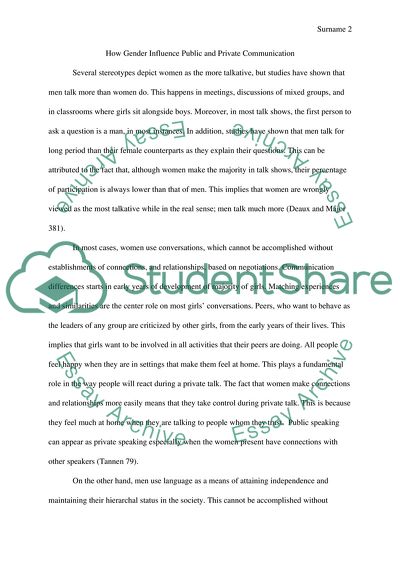Cite this document
(Gender Role in Interpreting Messages Coursework, n.d.)
Gender Role in Interpreting Messages Coursework. Retrieved from https://studentshare.org/journalism-communication/1779223-gender-and-communication
Gender Role in Interpreting Messages Coursework. Retrieved from https://studentshare.org/journalism-communication/1779223-gender-and-communication
(Gender Role in Interpreting Messages Coursework)
Gender Role in Interpreting Messages Coursework. https://studentshare.org/journalism-communication/1779223-gender-and-communication.
Gender Role in Interpreting Messages Coursework. https://studentshare.org/journalism-communication/1779223-gender-and-communication.
“Gender Role in Interpreting Messages Coursework”, n.d. https://studentshare.org/journalism-communication/1779223-gender-and-communication.


